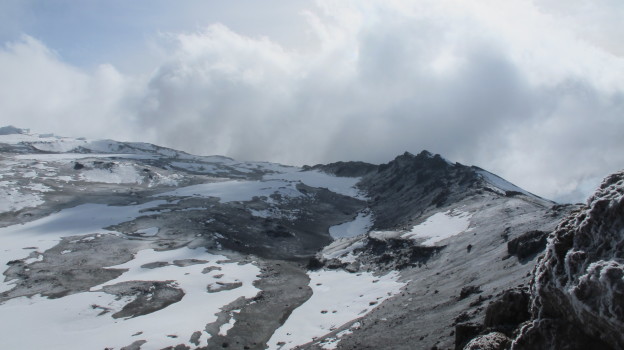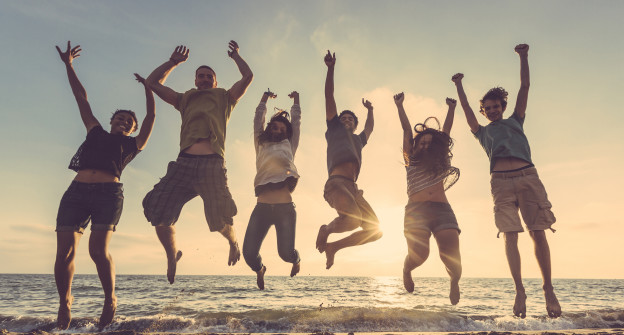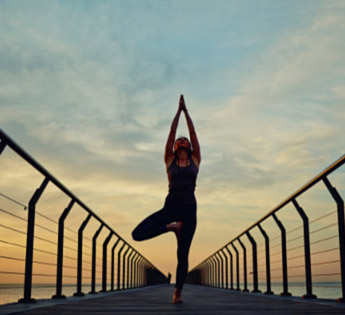Whether you’re planning a new adventure or you’re set to jet soon, we’ve rounded up a few simple tips to make your journey greener.
1. Walk, Cycle or Take Public Transport
Reduce your carbon footprint by opting for eco-friendly modes of transportation. If you’re sightseeing, hire a bike or take public transport – you’ll enjoy the social and economic benefits too! Just got off a long haul flight? Stretch your legs by walking to your destinations. The World Health Organisation recommends individuals should increase their physical activity to 10,000 steps per day to improve health and vitality – glow green more like it!
2. Be Water Wise
Plastic water bottles are one of the main culprits generating an enormous amount of waste in Australia and around the world. To help reduce the number of plastic bottles going into landfill and the environment, consume your h20 on the go with refillable BPA-free water bottles.
As the old adage goes, “Water, water everywhere, nor any drop to drink!” Two-thirds of the global population live under conditions of severe water scarcity, affecting more than 1 billion people. Every drop is sacred and should be conserved. Be shower smart by limiting your showers to just one per day and turn the water off while your scrub, shampoo and condition. Keep it short, turn taps off properly and recycle your towel – you’d do that at home anyway, right? Go that extra green mile by packing eco-friendly, organic body care products such as body wash and hair care – they won’t pollute the water going down the drain.
3. Preserve Energy
This one is pretty easy; just adapt your home life to hotel life. You can do this by leaving the trusty ‘Do Not Disturb’ sign on your door for most of your stay. Housekeeping wouldn’t be vacuuming your floor and cleaning your bathrooms every day at home, so why do they need to abroad? If you run out of amenities, simply request them at the front desk.
Always ensure all lights and electrical appliances are switched off before you leave the room – just like you would at home.
4. Participate in eco-friendly activities
Skip the helicopter or speedboat ride and go snorkelling, climbing or hiking! You will not only soak up the natural beauty of your surroundings, you’ll be minimising your environmental impact and reducing the use of fossil fuels.
Don’t let the TV hold you captive while you’re on holiday. Put the remote down and immerse yourself in the rich culture and history of your destination. Meet the locals, try the cuisine and explore everything that passport stamp has to offer.
5. Travel Lightly
Craving a new adventure?
Check out the upcoming challenges on our 2018 calendar and find your next adventure!




























